How to Make a Better World: Q&A with Keilly Swift
For every problem in the world, there's a child who wants to help make a change for the better. How to Make a Better World is a beautifully illustrated book packed with tips on how to do just that. From becoming an environmental campaigner or an equal rights champion to putting an end to bullying or raising money for a good cause, this book is a guide to changing things for the better, one step at a time.
Keilly Swift, the author of How to Make a Better World, is ideally placed to understand what kids are interested in. She's the Managing Editor at the award-winning children’s newspaper, First News, which has more than two million readers each week. After hearing first-hand from many engaged and passionate young people about the issues they care about, in particular their concerns about the environment, Keilly was moved to write How to Make a Better World to help kids who want to make a difference but are not sure where to start.
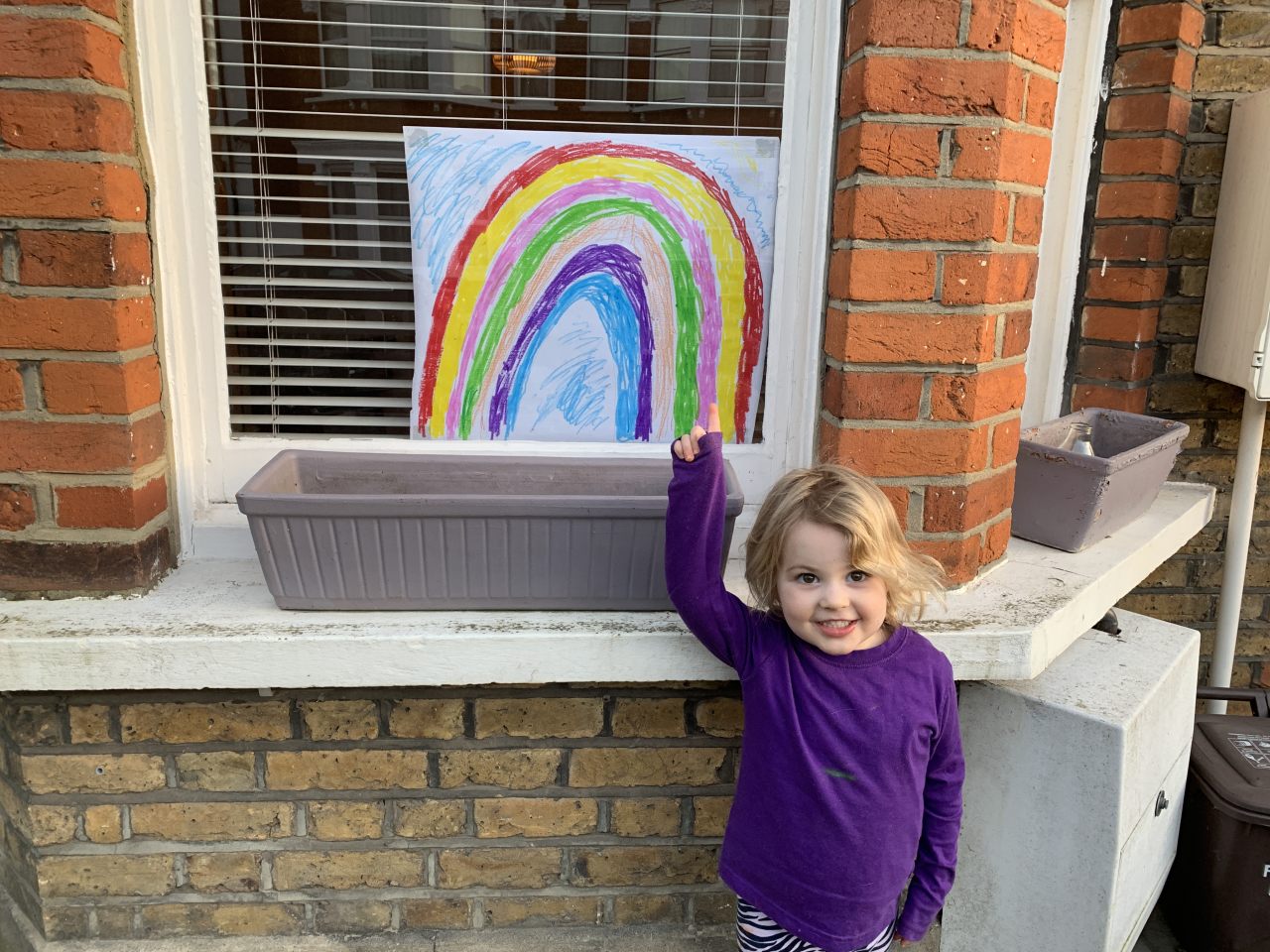
You cover so many important topics in How to Make a Better World, from activism and discrimination to recycling and climate change. What's your favourite part of the book?
I don’t think I can choose just one section! I’d just like to think that readers will come away with more confidence to speak up on the issues they care about, whether that’s the environment or inequality. (I must note that now we are in "lockdown" here in the UK, children are putting pictures of rainbows in their windows for others to spot, so from a design point of view I’m loving the spread "What is discrimination?" which features a giant rainbow!)
At what age did you become more aware of what's happening around the world and think about doing something about it?
I think it was a lot later than young people do today, as there wasn’t the same access to news and current affairs as there is now. It was probably around the age of 11, when I started at secondary school. This was partly because of learning more about various issues and partly because my family moved back to the UK around that time—so I became much more aware that there’s a wider world out there. I cared passionately about the problem of littering and the issue of testing cosmetics on animals, which I made flyers about—and I clearly remember celebrating when animal testing was banned in the UK in 1998!
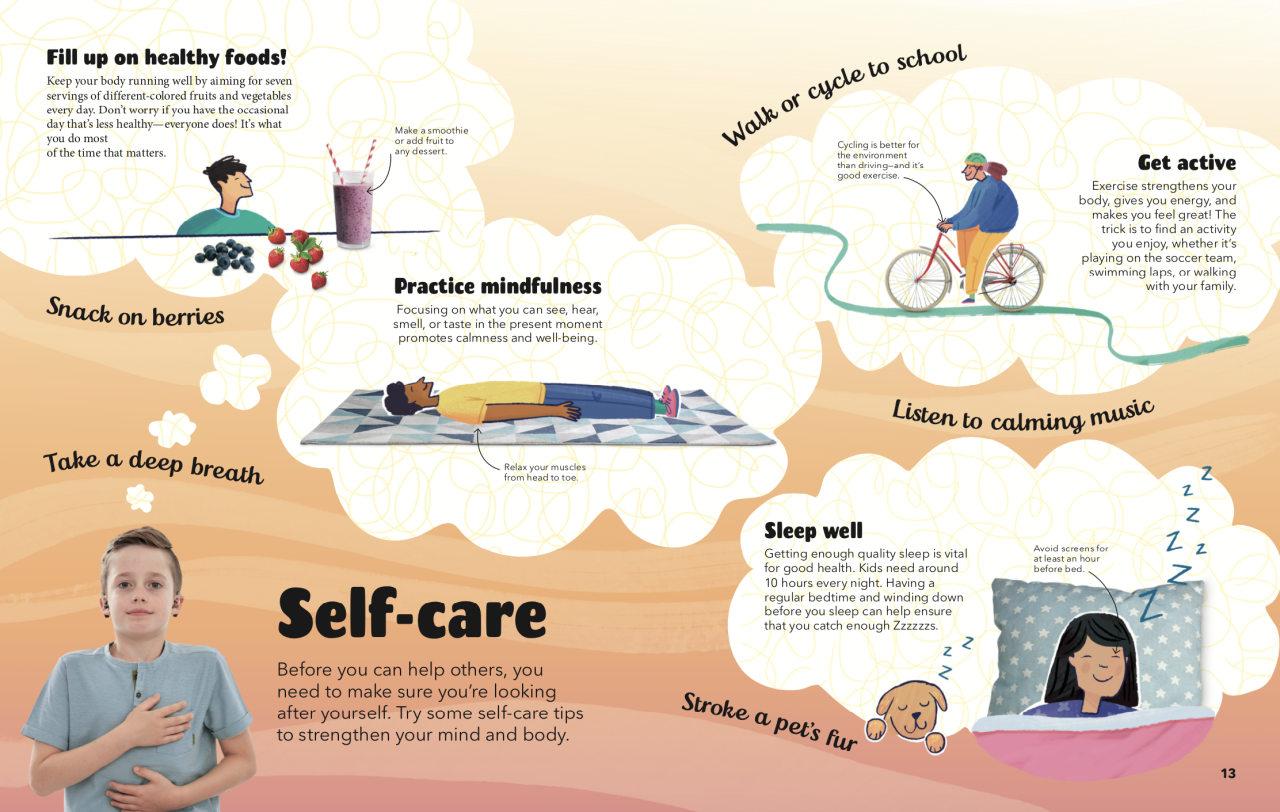
In the "Self-Care" section, you explain how important it is for kids to practise self-care in order to give back to the world. How can helping yourself help others?
It’s vitally important to take care of yourself and look after your mind and body, especially if you want to be in a good place to change things for the better. Some of the issues facing the world, like climate change and the amount of plastic waste in our seas, can feel so big and overwhelming that it’s easy to feel defeated and like there’s not much just one person can do, but of course we all have enormous power to make a difference, particularly if we stay positive and work together.
Why do you think teaching kids about activism and being aware of hot-topic issues from a young age are ideas whose time has finally come?
I think it goes back to the fact that there is so much more information available now, so kids are aware of issues at a younger age. Young people have always been curious and have always cared about the world around them, but now they are more aware and informed than ever. They hear about Greta Thunberg and other amazing young activists, and they know it is possible to get their voices heard and change things for the better. The flip side is that the amount of information available can be overwhelming and some of it is fake or sensationalist, which is why it’s important to teach young people about sources they can trust, different agendas people might have, and how to form their own opinions.
What advice or tips do you have for parents and/or teachers who may be raising passionate little activists?
It’s so important to listen to young people’s concerns, to reassure them that there is far more good in the world than bad, and also to listen to their ideas—kids have brilliant imaginations and they look at everything with fresh eyes. It’s also good to remind kids that no one can solve big issues on their own or overnight, but there is always something they can do, from putting up powerful posters to writing to a local MP. Every big movement started somewhere!

Your section called "Put a Stop to Bullying" is quite an important part of How to Make a Better World. Were you bullied as a young person? Do you remember what your coping strategy was at the time?
I didn’t suffer any terrible bullying, but when we moved back to the UK from the Bahamas, I remember being teased a lot about my accent, the different words I used, and things like the bike and glasses I had, which were different because they came from another country. At the time, my coping strategy was to try to fit in as soon as I could, but looking back I wish I’d had the confidence to ask for advice on how to cope with the teasing and to embrace those differences a little more because what makes us different is what makes us special. Having things in common with friends is great, but celebrating everyone’s uniqueness makes the world a wonderful place to be!
Reading the "Conservation Success Stories" spread was very heartening. Has there been a recent conservation success story that you feel is particularly good?
All conservation success stories are amazing, but as a big fan of the ocean, I love the story of how the humpback whale has bounced back from the brink of extinction. At the end of last year, we heard the news that a humpback whale population off the coast of South America has gone from just 440 in the late 1950s to around 25,000 today, which is incredible!
What type of bag do you think is best: paper, plastic, fabric, or no bag at all?
We try our best to be plastic-free in our house, but I think the best bag is any bag you already have that you can keep reusing and not throw away. There’s a lot of debate about which material is the most environmentally friendly replacement for plastic, but the key thing is to reduce waste, so a bag made out of old clothes could be a good idea. I often forget to take a bag with me to the shops, in which case I use the big pockets on my coat and my balancing skills to get my shopping home!
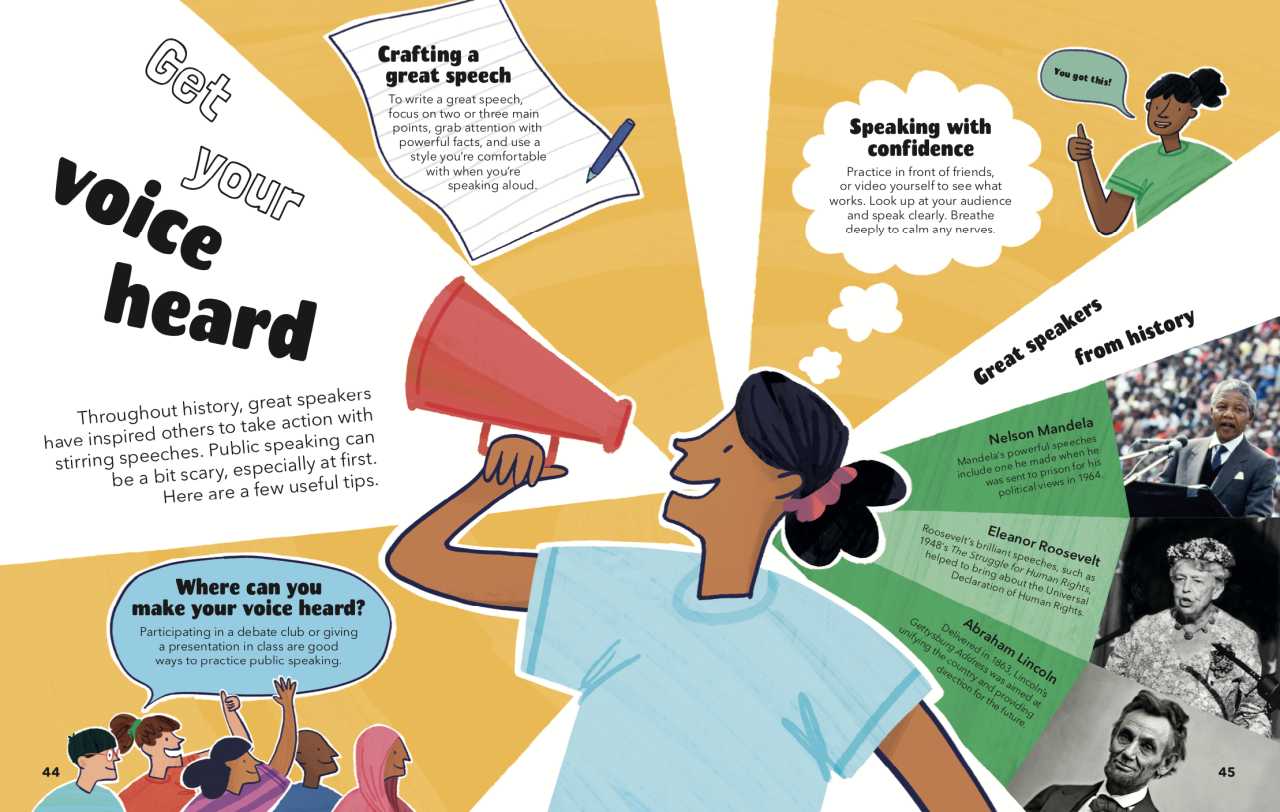
You mention some of the great speeches in history in the "Get Your Voice Heard" section. Do you remember being particularly affected by an important speech when you were a young person?
The first powerful speech that I can remember affecting me was Nelson Mandela’s speech when he was released from prison in 1990! It was a momentous event in history, and he used his speech to call for an end to apartheid, saying “Our march to freedom is irreversible. We must not allow fear to stand in our way.”
We love the idea of a mood board as you suggest in the book. What’s on yours right now?
Right now, with everyone staying inside as a result of coronavirus, my mood board is very much home-based! There is a lot of yoga, my cats (who like to keep me company while I work), home cooking (some dishes have been more successful than others!), and loads of baking and creative activities with my three-year-old daughter—this week we’ve painted a rainbow for our window, made a photo album, and baked brownies. I’d definitely put the rainbow in the middle of my mood board to remind myself that this storm will pass and the sun will shine again!
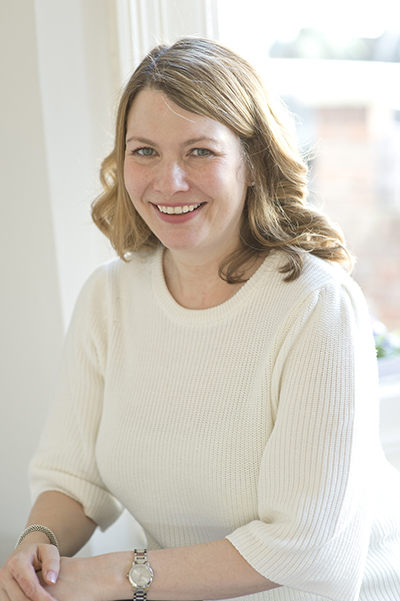
About the author
Keilly Swift is Managing Editor at award-winning children’s newspaper, First News. She has worked in children’s publishing for nearly twenty years, primarily on educational and factual titles. Her rhyming picture book, The Tigon and the Liger, which is all about celebrating diversity and loving the skin you’re in, was published in 2016. Keilly lives in London, UK, with her husband, daughter and three cats. Baby number two will be joining them at the end of June!
Read next...

Article
10 T-riffic dinosaurs you've likely never heard of

Article
Summer books to entertain and explain
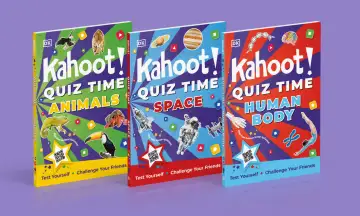
Quizzes
Kahoot! quiz books for kids

